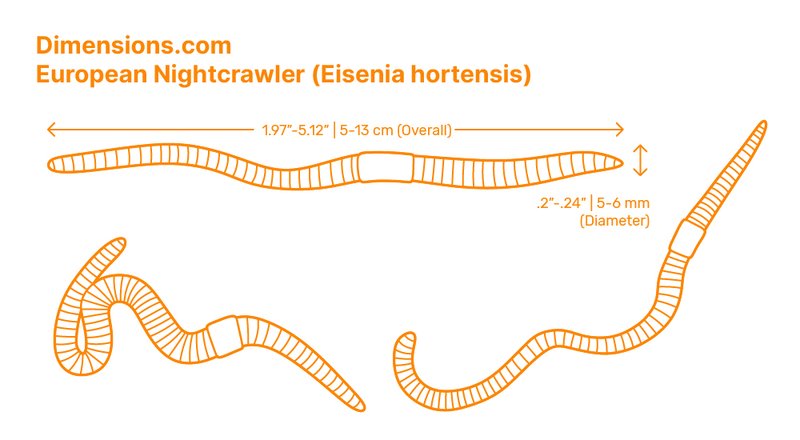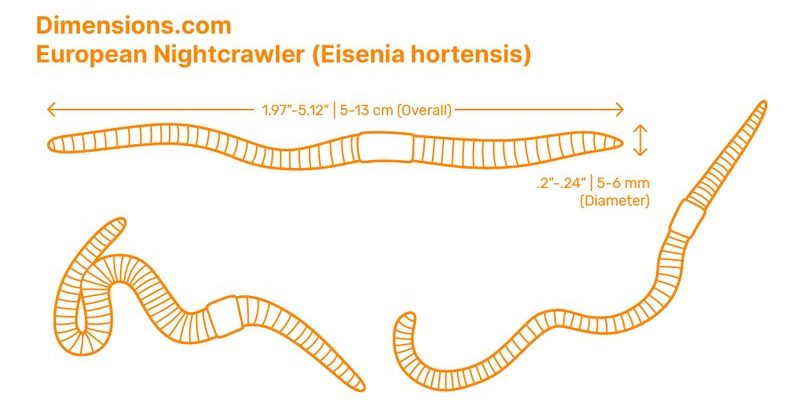
Bobbit worms, or *Eunice aphroditois*, are quite the characters in the underwater world. They live in burrows beneath the ocean floor, where they mostly stay hidden. But when it’s feeding time, these monsters of the sea spring into action. Imagine a slinky toy being stretched out; that’s a bit like how far these worms can reach from their homes. Let’s dig deeper into the lives of bobbit worms and explore how far they can extend from their cozy burrows.
What Are Bobbit Worms?
Bobbit worms are long, segmented worms that can grow several feet in length. They usually come in various vibrant colors, ranging from green and red to brown. Living primarily in tropical and subtropical marine environments, they’re often found in sandy or muddy substrates. Their bodies are adorned with bristles called chaetae, which help them move and grip surfaces.
These worms are known for their incredible hunting technique. They’re ambush predators, waiting patiently for unsuspecting prey to come close. When a fish or crustacean wanders by, the bobbit worm can quickly strike, drawing its dinner back into its burrow. This makes them both fascinating and somewhat fearsome. Can you imagine reaching out from your home to snatch food in the blink of an eye? That’s the bobbit worm for you!
How Far Can Bobbit Worms Extend?
Now, let’s get to the heart of the matter: just how far can bobbit worms extend from their burrows? The truth is, it varies. Most bobbit worms can extend their bodies anywhere from 1 to 3 feet (about 30 to 90 centimeters) outside their burrows. However, some larger individuals might reach even farther. It’s as if they’re stretching out a rubber band!
This ability to extend their bodies gives them an advantage when hunting. By reaching out several feet, they can surprise their prey, making it harder for fish to escape. Imagine trying to run away from something that can lunge at you from three feet away! It adds a whole new layer of excitement to their hunting strategy.
Why Do Bobbit Worms Extend Their Bodies?
You might be wondering why bobbit worms even need to extend so far from their burrow in the first place. It’s all about survival. In the wild, food can be scarce, and competition can be fierce. By extending their bodies, they increase their range of attack without having to leave the safety of their burrow.
Moreover, this ability allows them to interact with their environment better. They can sense vibrations and movements in the water, which helps them pinpoint potential meals. When they extend their bodies, they’re not just hunting—they’re also tuning in to the activity around them like a finely tuned antenna.
The Anatomy of a Bobbit Worm
To understand how bobbit worms can extend so far, let’s take a look at their anatomy. Their bodies are made up of numerous segments, which allow them flexibility and movement. Each segment contains muscles that enable the worm to stretch and retract as needed.
The head of the bobbit worm is equipped with powerful jaws, ideal for grasping prey. These jaws can snap shut with great speed, which is crucial when trying to catch fast-moving fish. Think of it like having a super-fast trap waiting to go off. When they feel a fish brush past their body, they don’t hesitate to spring into action.
Additionally, the chaetae covering their body help secure their grip on the burrow walls. This means that when they extend outward, they can still hold on tight, preventing them from being pulled back. It’s a brilliant design that suits their predatory lifestyle perfectly.
Bobbit Worms vs. Other Marine Creatures
Comparing bobbit worms to other marine predators reveals why their extension ability is so valuable. For example, octopuses can also extend their limbs quite far, but they have a different approach. While bobbit worms ambush from their burrows, octopuses often proactively hunt their prey across the ocean floor.
Both creatures have their strengths. Bobbit worms are incredibly patient, waiting silently for the right moment to strike. In contrast, octopuses display more agility and intelligence. This highlights the diversity of hunting strategies in the ocean. Each creature has adapted perfectly to its environment, whether that means waiting in ambush or chasing after food.
Common Misconceptions About Bobbit Worms
Many people have misconceptions about bobbit worms. Some might think they’re merely colorful decorations on the seafloor, but in reality, they’re fierce predators. Another common myth is that they can harm humans. While bobbit worms have sharp jaws, they tend to stay hidden and generally pose no threat to divers or snorkelers.
Also, some folks might not realize just how long these worms can grow. The largest bobbit worms can reach astonishing lengths of up to 10 feet (around 3 meters)! Imagine encountering such a creature while snorkeling. It’s a reminder of how much there is to discover in the ocean.
The Importance of Bobbit Worms in Their Ecosystem
Bobbit worms play a critical role in the marine ecosystem. As predators, they help maintain the balance of fish populations, ensuring that weaker or diseased individuals don’t dominate. In a way, they’re like nature’s cleanup crew, removing sick or weak organisms from the ecosystem.
Additionally, when bobbit worms consume prey, they contribute to the nutrient cycle in their environment. Their waste serves as food for other organisms, promoting a healthy ecosystem. This interconnectedness illustrates how every creature, no matter how small, contributes to the overall health of its habitat.
In conclusion, understanding how far bobbit worms can extend from their burrows gives us insight into their unique adaptations and survival strategies. These extraordinary creatures remind us of the incredible diversity of life beneath the waves and the importance of every species in maintaining the delicate balance of marine ecosystems. So next time you’re at the beach or watching a nature documentary, take a moment to appreciate these fascinating undersea hunters!

